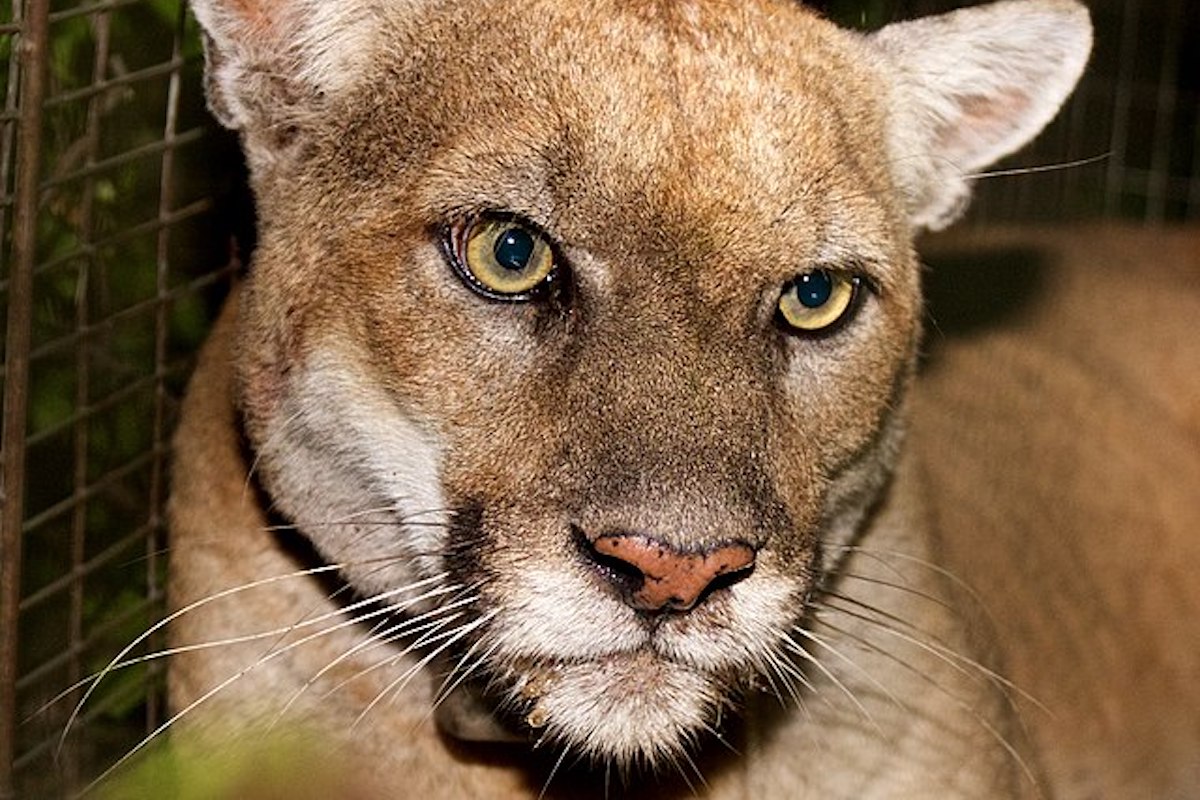Rat Poison Ban Heads to California Senate
Activists and Lawmakers Work to Outlaw Diphacinone

For many a householder or farmer, poison can be the easiest option to get rid of rats and mice, but the effect goes beyond rodent pests. Rat poisons have been found in dead or ailing big cats, predatory birds, and small humans. Recently, the necropsy of P-22, the mountain lion once caught by a trail camera against the Hollywood sign in Los Angeles, found exposure to five different anticoagulant rodenticides in his liver. A bill to add one of them — diphacinone — to California’s list of banned poisons is on its way through the State Senate.
“We know the current rodenticide ban doesn’t offer adequate protection, because unintentional poisoning is still harming our communities and wildlife,” said Assemblymember Laura Friedman, who is spearheading the bill. The use of rodenticides resulted in more than 3,000 cases of human poisonings in 2021, including children in at least 2,300 of the cases, according to America’s Poison Control Centers.
Groups like the Santa Barbara Audubon Society advocate that the better solution is to attract rodent predators, like owls, hawks, and eagles, rather than poisoning their prey.




